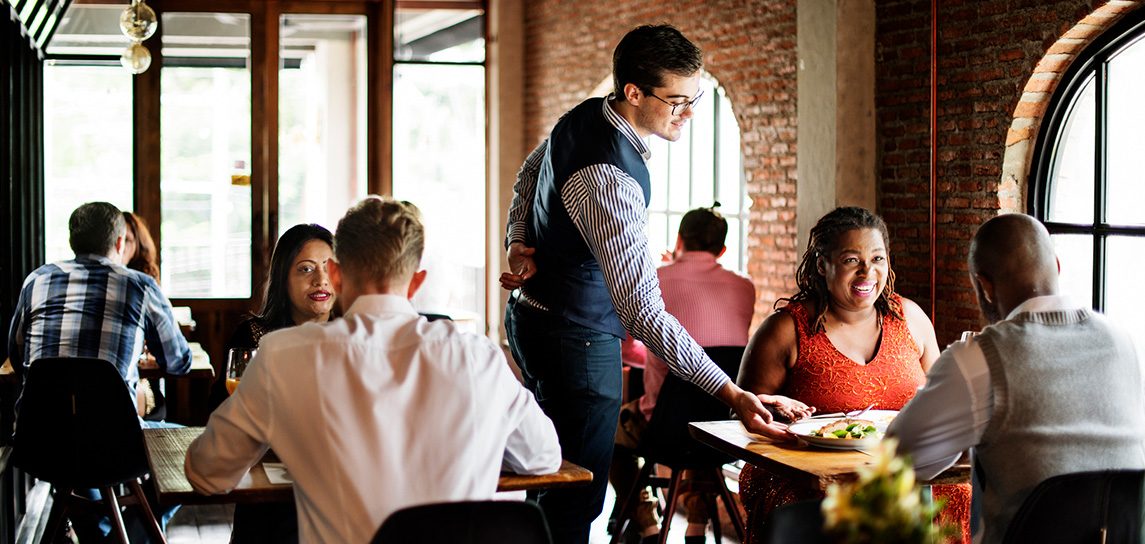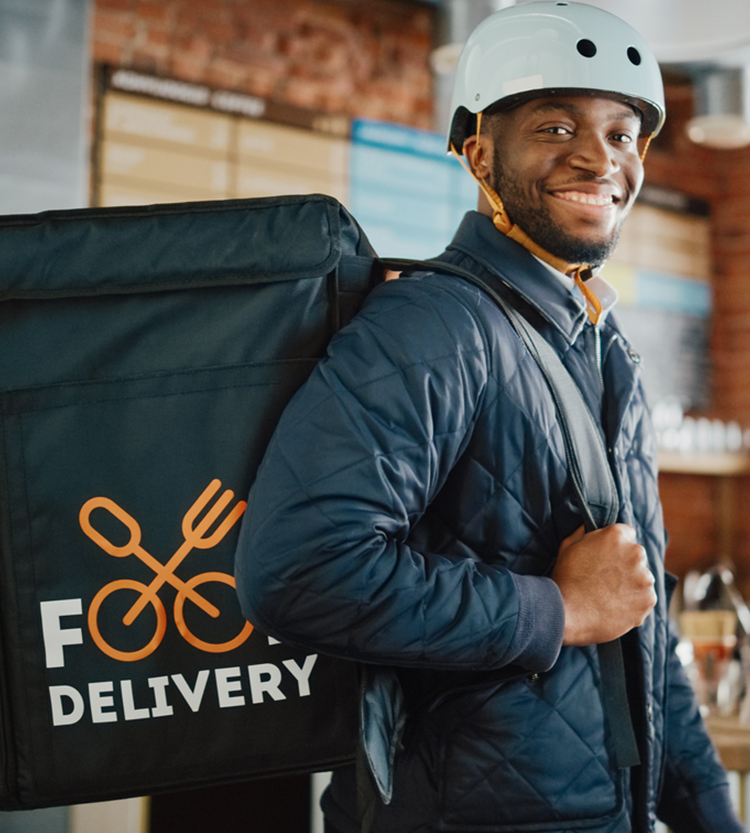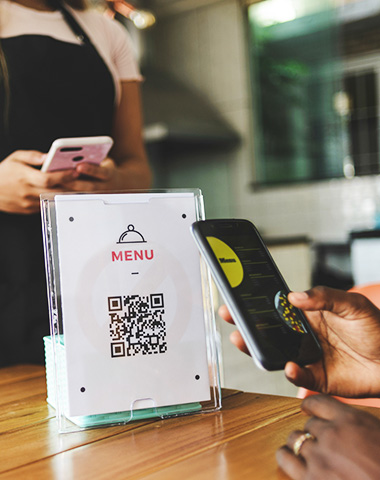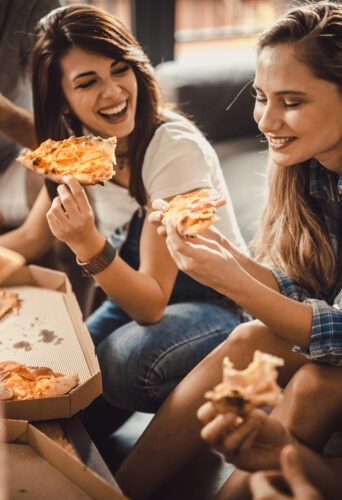
Restaurants are thriving again with customers and staff energetically filling these social spaces. This is a far cry from 2020, where many restaurants were unfortunately closed (or at the very least, socially distanced).
On the bright side, restaurant owners’ grit, ingenuity, and courage to take on risks led them to rethink their businesses and keep them running through even the most challenging times. And now, many of those changes that were ostensibly temporary have become permanent fixtures, creating positive changes for both the business and the customer experience.
Let’s take a closer look at some of these changes that have resulted in an improved customer experience.
Contactless ordering for safety and hygiene
As a direct result of the pandemic, restaurants doubled-down on protocols that ensured the establishments were clean and sanitized. High-touch areas were frequently disinfected and seating layouts were adjusted to adhere to social distancing guidelines, creating a safer and more comfortable environment for customers.
Contactless ordering and payment systems also rose to prominence, minimizing physical interactions and reducing the risk of virus transmission. Ultimately these measures reassured customers and provided an improved sense of security.
 The ascent of online ordering and delivery
The ascent of online ordering and delivery
The pandemic unquestionably accelerated the popularity of online food ordering platforms. Customers embraced the convenience and flexibility of browsing menus, placing orders, and having food delivered directly to their doors.
Online delivery services and apps became all but essential tools during lockdowns and times of restricted movement. Contactless delivery options were widely adopted, ensuring a safer and more convenient experience for customers that persists still today.
Another benefit was that customers gained access to a wider variety of cuisines than they may have considered prior, including local establishments that previously didn’t offer delivery services. This newfound accessibility and variety undoubtedly also contributed to an improved customer experience, despite the overarching circumstances of the time.
 Menu innovations and customizations
Menu innovations and customizations
Restaurants adapted their menus to account for operational limits as well as the changing customer needs and preferences. Many establishments introduced family-style meals, meal kits, and individual portions to accommodate different dining situations. Many states that previously outlawed to-go alcohol sales ultimately legalized this option for restaurants, bars, and distilleries. Previously this was only legal in a select few states.
There was also an increased focus on personalized and customizable options. Customers were provided with more choices and flexibility to meet their specific dietary needs, allergies, or preferences. Build-your-own options, customizable toppings, and substitutions became much more commonplace, allowing customers to have more control over their dining choices. These menu innovations not only satisfied individual preferences but also created a sense of inclusivity, ideally making customers feel more valued and appreciated.
The ever-changing menus and ability to select options were showcased in online menus accessible through QR code and online menus, allowing restaurant owners to make changes as necessary and customers to know exactly what was available to them.
Community support and engagement
In the face of adversity, and despite the minimization of human contact, restaurants demonstrated immense community support. Many establishments went above and beyond by providing meals to frontline workers, supporting local charities, and partnering with community initiatives. These efforts fostered a sense of loyalty and connection among customers, knowing that their favorite restaurants were actively contributing to the well-being of the community.
These stories were shared by restaurant owners and community members alike as social posts, TikToks, and Reels were exploding in popularity at the time.
 Advancements in restaurant operations require advancements in connectivity
Advancements in restaurant operations require advancements in connectivity
The rapid advancement of restaurant technology since the pandemic has revolutionized how restaurants operate, enabling them to achieve new levels of efficiency and success. One crucial aspect that empowers these businesses is seamless internet connectivity, which serves as the backbone for their digital infrastructure.
Jet’s Pizza, a renowned pizza franchise, showcases the transformative impact of reliable connectivity on restaurant operations. Their story highlights how they faced numerous connectivity challenges that hindered its operational efficiency and profitability. Jet’s Pizza effectively transformed its connectivity landscape by adopting Bigleaf, which allowed them to:
- Streamline operations
- Improve customer communications
- Enhance their overall customer experience
With Bigleaf helping them achieve reliable connectivity, Jet’s Pizza now focuses on delivering exceptional product and service and growing their business.

Read the full story on how Jet’s Pizza transformed its connectivity landscape by adopting Bigleaf.
Are you ready to see how Bigleaf can help your restaurant? Book a 30-minute demo now and learn the power of Bigleaf.
 The ascent of online ordering and delivery
The ascent of online ordering and delivery Menu innovations and customizations
Menu innovations and customizations Advancements in restaurant operations require advancements in connectivity
Advancements in restaurant operations require advancements in connectivity






